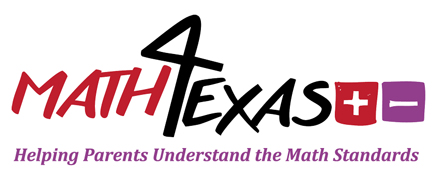T.I.P.S.
-
 Students could use their prior knowledge of skip counting by 2s to able to determine whether a number is odd or even using concrete objects organized in pairs. Students may also use their addition and subtraction fact strategies such as the relationship between doubles facts and even numbers, inverse doubles, doubles plus or minus 1, and inverse doubles plus or minus 1 to help determine if a number is odd or even.
Students could use their prior knowledge of skip counting by 2s to able to determine whether a number is odd or even using concrete objects organized in pairs. Students may also use their addition and subtraction fact strategies such as the relationship between doubles facts and even numbers, inverse doubles, doubles plus or minus 1, and inverse doubles plus or minus 1 to help determine if a number is odd or even.
Example
-
Read the following questions.a) Is 18 an odd or even number? Explain your thinking.
b) Is the sum of 17 + 18 an odd or even number? Explain your thinking.c) There are 18 children in line and three children walk away. Is there an odd or even number of children left in line? Explain your thinking.
Digital Tools
-
Click on the following links for interactive games.
Resources
-
Click on the following links for more information.
TEKS
-
2.7 Algebraic reasoning. The student applies mathematical process standards to identify and apply number patterns within properties of numbers and operations in order to describe relationships. The student is expected to:(A) determine whether a number up to 40 is even or odd using pairings of objects to represent the number





 Click
Click 

